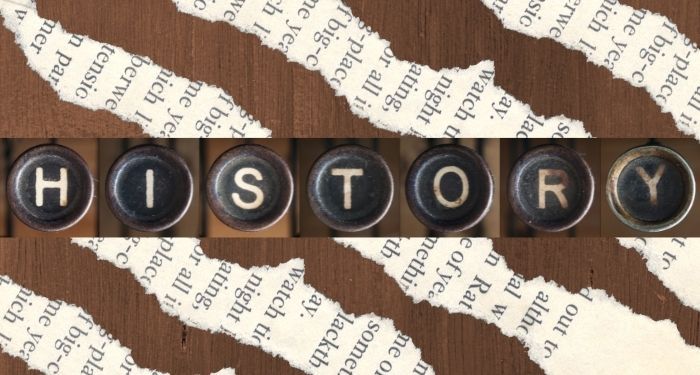I started high school more than (gulp) 25 years ago. Things have changed a lot with history since then. Sure, history itself has not changed, but the way we talk and think about it has. We’ve learned more information, and there are a lot more books out since then that give voice to lived experiences and histories of marginalized people. The teaching of history and how history textbooks are written is politicized and not exactly impartial (the book Lies My Teacher Told Me explains this in great detail, about education company/publishing shareholders, advisory committees, textbook writers, and more). This matters.
I homeschool my son, and I’ve found that in secular homeschool circles, especially those who strive for an ABAR (antibias, antiracist) curriculum, it’s more than likely that you’ll stumble across a discussion of history sooner rather than later. Discussions about which curricula are good, which are problematic, and whether to create one’s own history studies or use a pre-made one.
There are also plenty of discussions about our own learning and re-learning of history. Many of us are also realizing the gaps in our own education and learning, and making efforts to ameliorate that.
But even if you’re not homeschooling, what we learned in high school years or decades ago isn’t the whole story. Far from it. And it’s never too late to re-evaluate what we were taught and to learn more.
History was never a favorite subject of mine (I preferred English), but the way it was taught and the way textbooks were written may have had something to do with it. I’ve been reading a lot of history so that I can better teach my son and share materials with him as topics come up, and I’ve found that I actually really love it. How much do I love it? I’ve made a whole reading list for myself that I don’t see me finishing anytime soon, but that’s okay.
One thing I’ve noticed is that for those of us interested in learning more, we can’t get enough history books to put in our TBR pile — but it can be hard to know where to start because there are so many wonderful books out there now. I’ve put together a reading list of sorts to start you off, for everyone from kids to adults. There’s a lot of crossover, though — some of the middle grade books can be used with younger kids on a simpler level as a discussion starter, and many middle grade or YA books can certainly be read by adults. This list barely scratches the surface; it’s just meant to be a springboard for more reading. For this list, I’ve only focused on nonfiction books, but there’s plenty of wonderful historical fiction out there that’s great for learning more, or even paired with a nonfiction selection.
There’s one caveat to this list: history is not always pretty, and it’s not always easy to read. But these books aren’t the full story. It’s also important to read books by and about marginalized communities that highlight joy. Here is a post about books that celebrate Black joy, and this is a post of books about queer joy to start you off.
Children’s, Middle Grade, and Young Adult Books
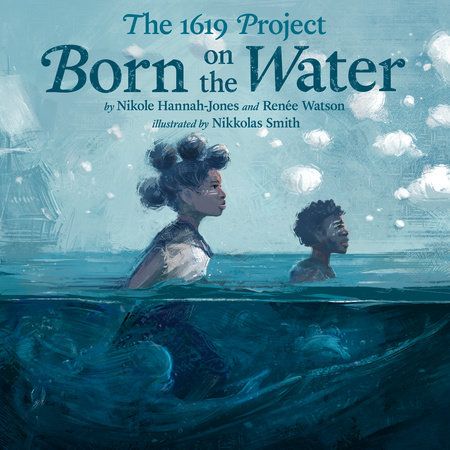
The 1619 Project: Born on the Water by Nikole Hannah-Jones, Renée Watson, & Nikkolas Smith
When a student gets an assignment for a family tree but she can only trace back three generations, her grandma tells her about how her ancestors were stolen 400 years ago and brought to America by white slave traders. This beautifully written picture book talks about slavery, but it also discusses resistance that is alive today and highlights survival and the legacies that remain today.
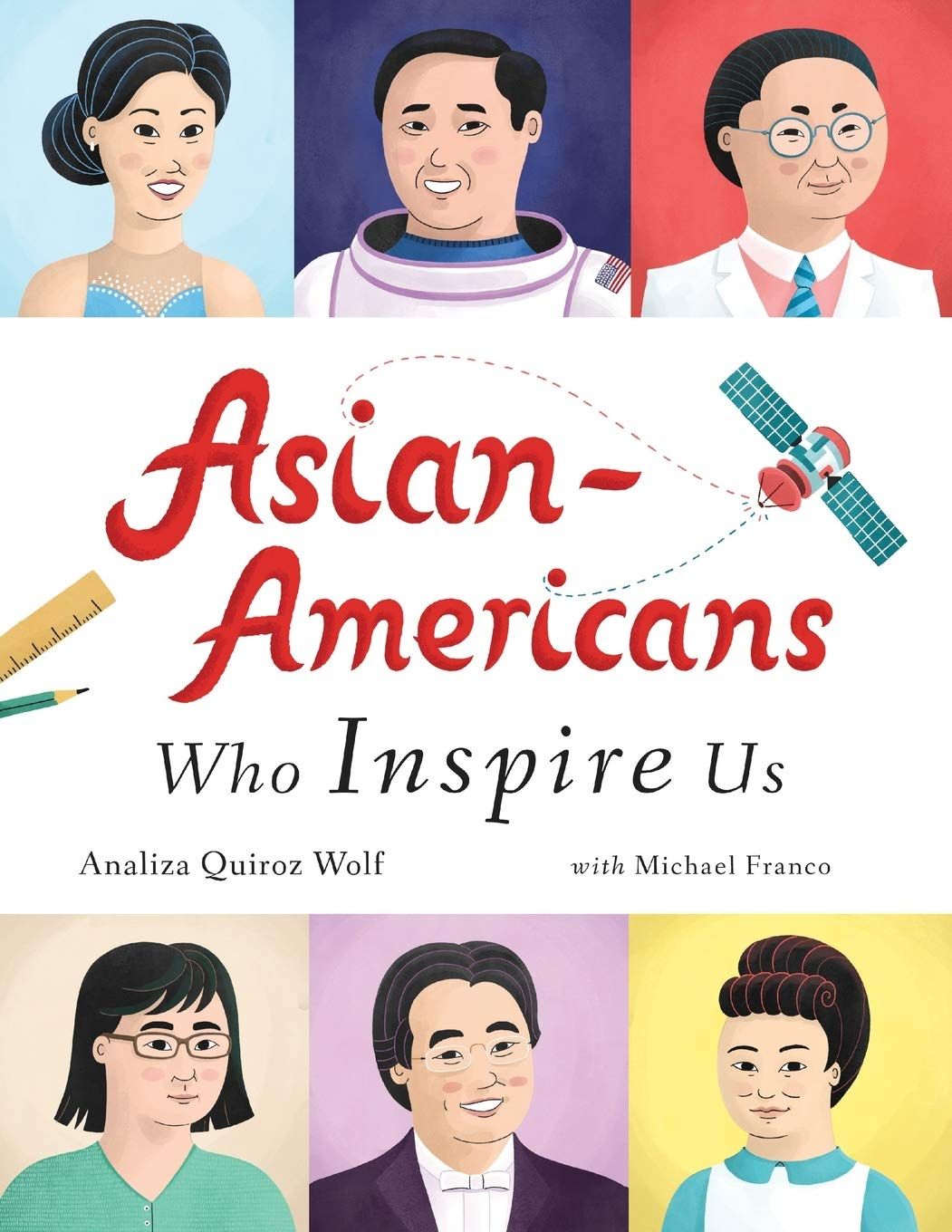
Asian-Americans Who Inspire Us by Analiza Quiroz Wolf, Michael Franco, & Tuire Siiriainen
This book introduces readers to 16 pioneering Asian Americans who broke stereotypes, achieved breakthroughs, excelled in their fields, or inspire others. Individuals include David Ho, Grace Lin, Maya Lin, Ellison Onizuka, and more.
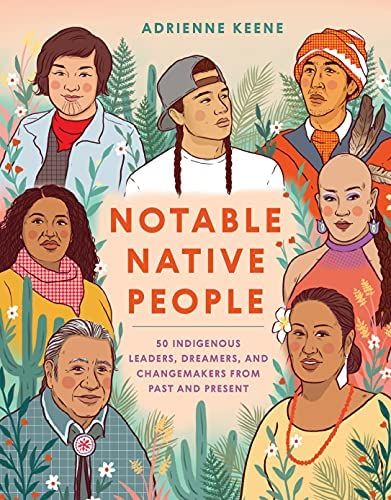
Notable Native People: 50 Indigenous Leaders, Dreamers, and Changemakers From Past and Present by Adrienne Keene & Clara Sana
This gorgeously illustrated book not only introduces 50 American Indigenous, Alaska Native, and Native Hawaiian individuals, but also has primers on issues like cultural appropriation, colonialism, land and water rights, and food sovereignty. Individuals highlighted include Wilma Mankiller, Maria Tallchief, Janet Mock, and Kyrie Irving.
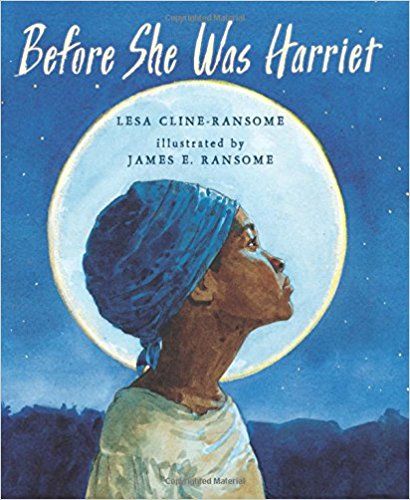
Before She Was Harriet by Lesa Cline-Ransome & James E. Ransome
Harriet Tubman was not always known as Harriet. In this lyrical story, we read about her various names — Moses, Minty, Araminta. The writing is beautiful and poetic, but accessible even for young children. The prose is paired with rich watercolor illustrations, and there’s even a resource guide in the back for further reading.
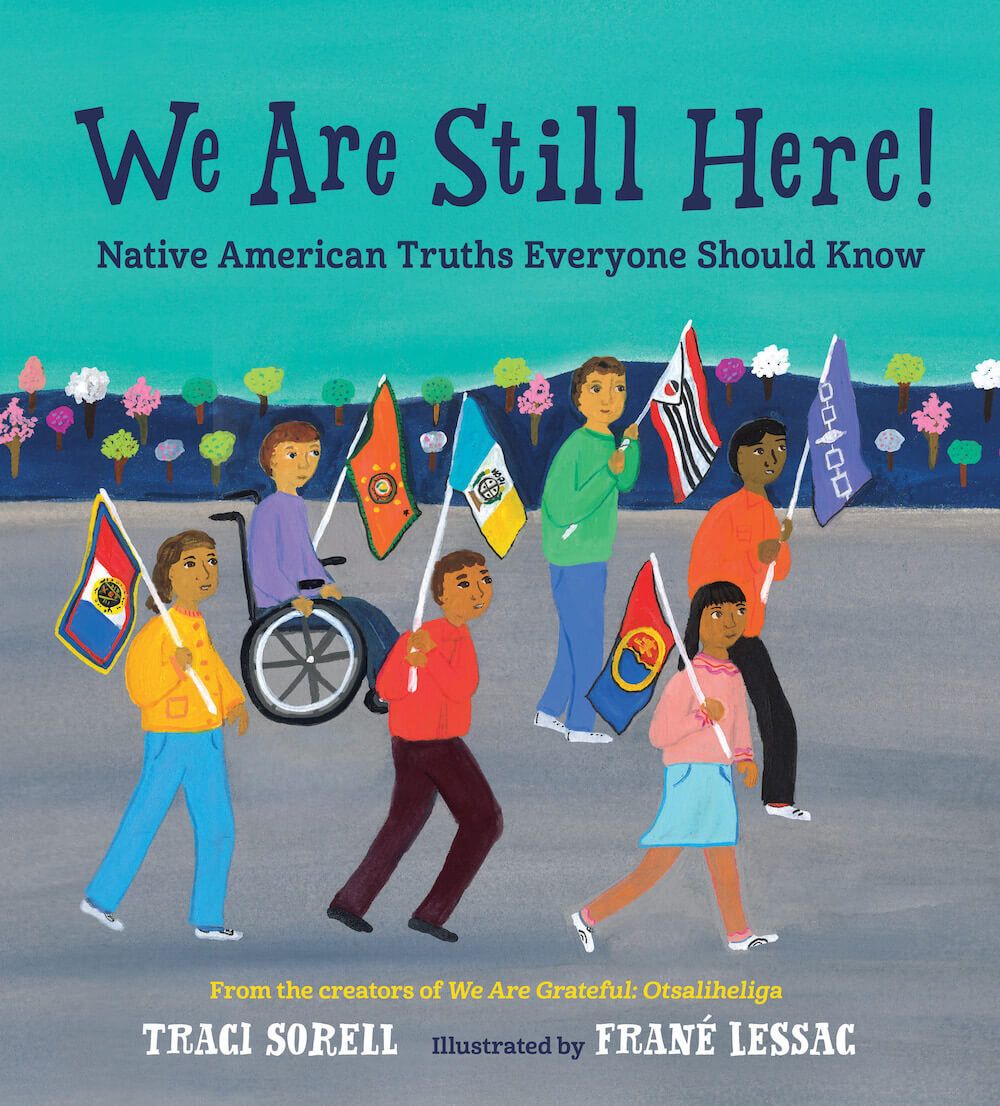
We Are Still Here: Native American Truths Everyone Should Know by Traci Sorell & Frane Lessac
This is a companion book to We Are Grateful: Otsaliheliga, and addresses topics like forced assimilation like boarding schools, Native civil rights, nationhood, Native language revival work, and the U.S. government not recognizing tribes as nations, among other issues. There’s a timeline and glossary, and these issues are written about in a straightforward, clear way.
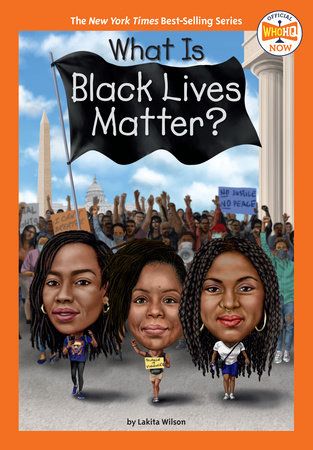
What is Black Lives Matter? by Lakita Wilson
The What Is/Who Is series is fantastic, and a great introduction to various people, places, events, and organizations. This book tells the story of the Black Lives Matter organization, what events spurred the movement, and the nonviolent civil disobedience and protesting against police brutality that it promotes. It’s accessible for young kids, and is a good springboard for discussion.
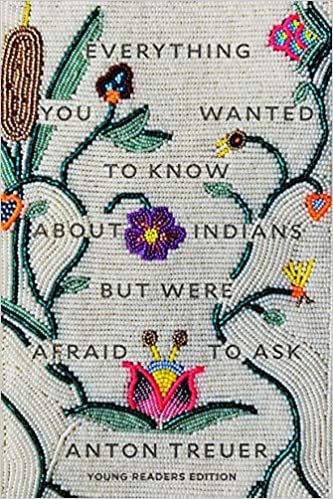
Everything You Wanted to Know About Indians But Were Afraid to Ask (Young Readers Edition) by Anton Treuer
This young reader edition of the adult book provides answers to all the questions that both Native and non-Native people might have — from issues like cultural appropriation to questions about fry bread, and everything in-between. It addresses terminology, history, language, politics, social justice issues, and more. It may say young reader edition, but this book is great even for adults.
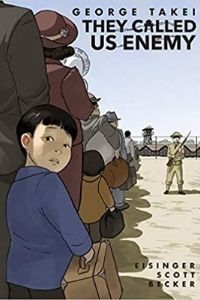
They Called Us Enemy by George Takei, Justin Eisinger, Steven Scott, & Harmony Becker
This graphic memoir tells Takei’s story of being imprisoned in an American internment camp during World War II. He shares what it was like, the terror felt in the camp, the choices people had to make, and the effects it had. It’s a compelling, thought-provoking book that’s a must-read addition to WWII literature.
Adult Books
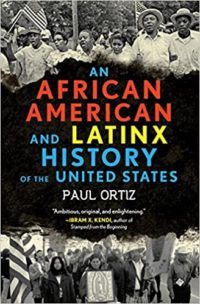
The Revisioning Series on U.S. History
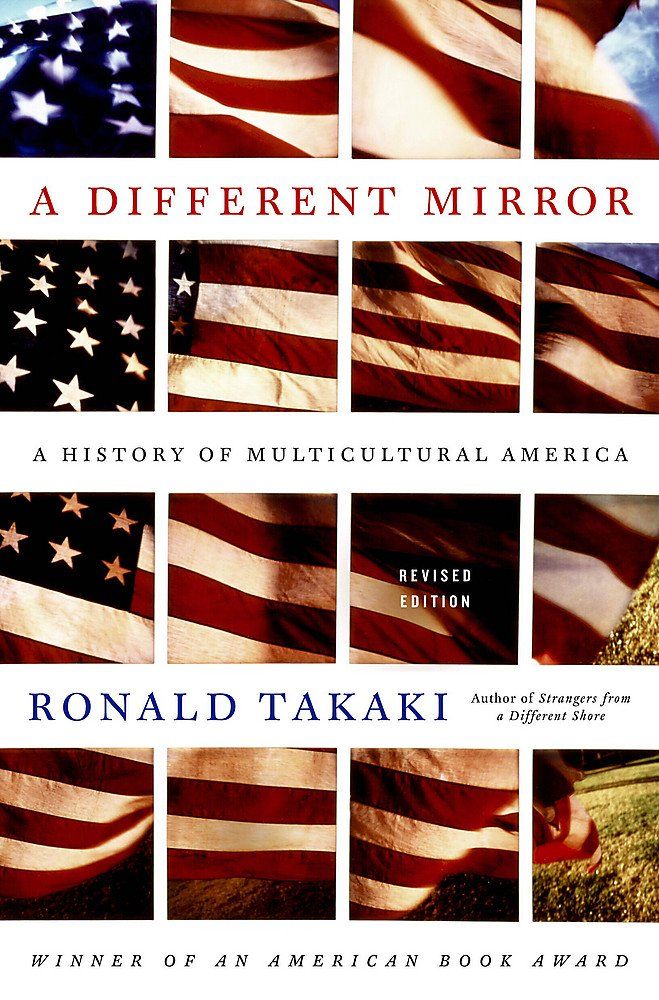
A Different Mirror: A History of Multicultural America by Ronald Takaki
This is a great place to start, too — and there’s also a version for young readers. Takaki’s book illustrates just how rich American history is, through stories of non-Anglo people of the U.S. — Native Americans, African Americans, Jews, Mexican Americans, Irish Americans, and more. He delves into various issues with different communities and details of American history you might not have learned. It’s an invaluable addition to every history book list.
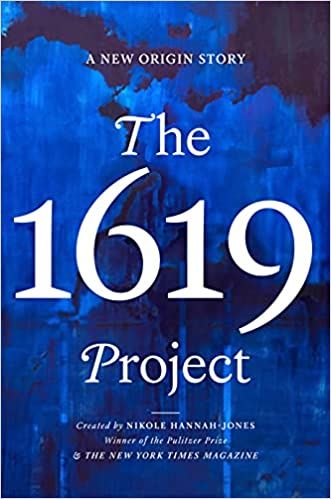
The 1619 Project: A New Origin Story Created by Nikole Hannah-Jones
The New York Times’s 1619 Project, created by Hannah-Jones, was a work of journalism like no other. Essays, poems, stories, and archival photos — all exploring the history of slavery, oppression, and also resistance, and how that shows up today. This doesn’t just discuss history; it is also commentary on our present day. Contributors include Camille T. Dungy, Jasmine Mans, Danez Smith, Natasha Trethewey, and Yaa Gyasi.
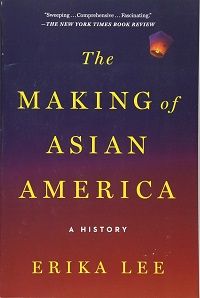
The Making of Asian America: A History by Erika Lee
Lee writes about generations of Asian immigrants and their descendants in America, and how their lives have evolved over the decades to change what Asian American life looks like. Along with history that includes Asian immigration to America and the events of WWII, she looks at the “model minority” myth as well as Asian hate — while also writing about community activism. It’s a detailed look at a variety of events and stories that have largely been ignored by many.
What books have you read? Which ones will you read first?

